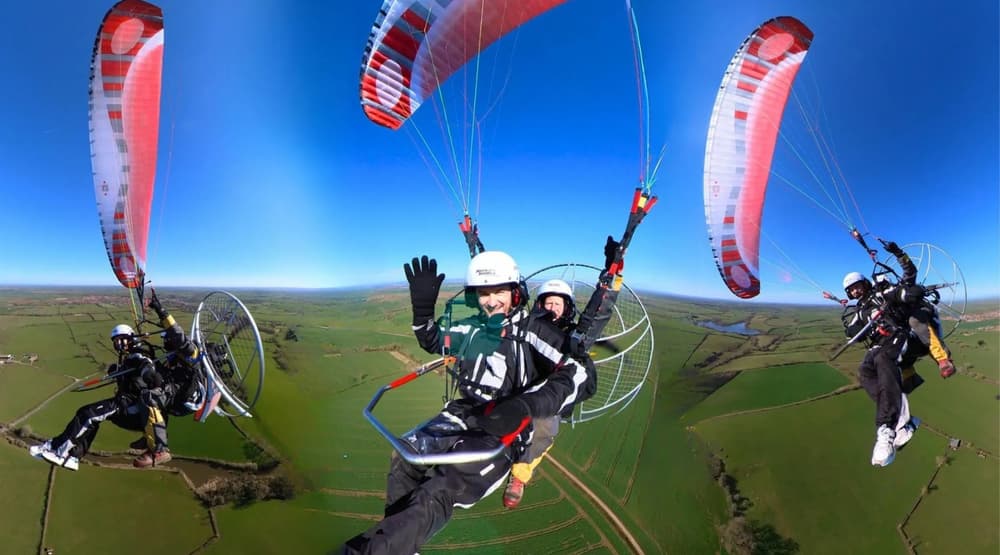With its position jutting out into the Atlantic Ocean in the far west of the country, Cornwall takes up a peninsular that is wet, wild, and full of history.
The sprawling beauty and drama of the region can be seen no better than from a hot air balloon ride.
North-South divide
Cornwall is also a heady mix of clashes. To the north, the sweeping golden sands act as the main defence against the never ending ocean, with it the ideal destination for extreme sports fans. The south, meanwhile, is more laid back, with florally bursting moorlands typical of the sun-drenched skies that offer up such wonderful views.
The coastline
With nearly 300 miles of shoreline, Cornwall from the air is an awe inspiring sight. From The Lizard and mainland Britain's furthest south outcrop, to the most westerly part in the evocative Land's End, the crashing Atlantic has shaped this area for millennia.
From the air you can often see the numerous water-sport enthusiasts that head here, boards in hand, to ride the waves. With or without extreme sports though, the stunning beaches, turquoise seas, fishing harbours, and cliffs unravel in a carpet of marine confrontation.
The wilderness
It is not just the coastline that is Cornwall, however. Inland too the landscape is wild, with ballooning in the big skies above Bodmin Moor simply spectacular.
Cornwall is also dominated by its industrial past. A pioneer for the copper industry throughout the Industrial Revolution, its World Heritage Site status and still standing engine houses are indicative of this.
The heritage of Cornwall goes further than the recent history of Britain, however, with this region's importance throughout the bronze age still very much in evidence. From standing stones and granite burial chambers, to the holy wells and Celtic crosses, riding a balloon is like riding through time.




